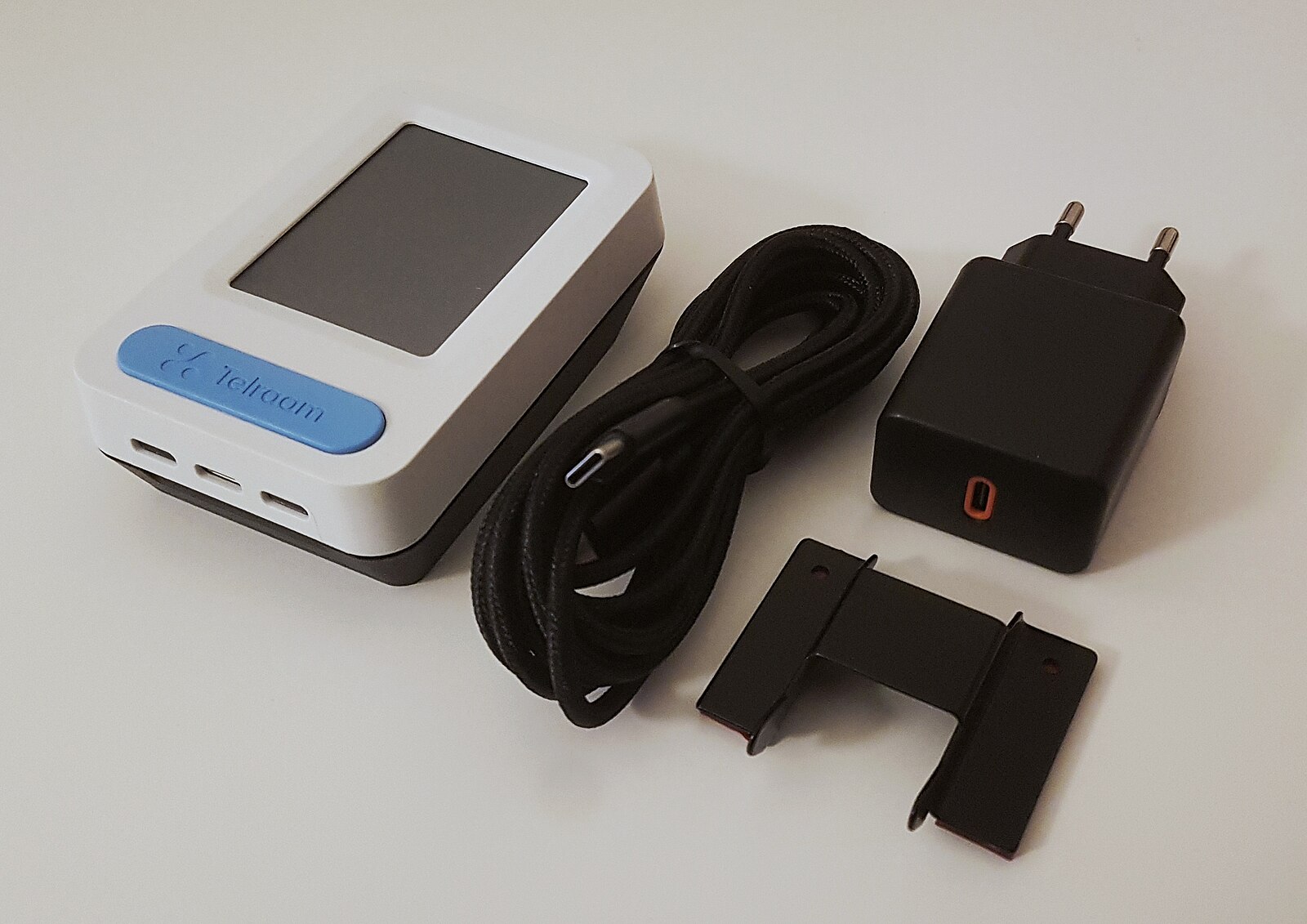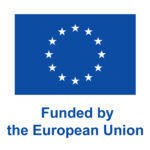Project Description:
Our project’s objective is to explore how citizen science can effectively connect diverse groups with the Local Authorities, involving such stakeholders in transparent, impartial and collaborative data collection processes that communicate and identify concerns and solutions to deliver high-quality LTNs. Our case study area is Lambeth, South London.
Project Type: Kick Starter
Theme: Cities for Life, Mobility
Mentor: Cristina Luís
Stockwell Traffic Flows
This citizen science initiative involved a collaboration between Tranquil City (a grassroots environmental data collective), LoopLabs (a not-for-profit organisation working on improving the quality of life for Londoners) and Telraam (a traffic monitoring device company).
For our project, we invited locals in the London borough of Lambeth, South London to be part of a new 6-month pilot exploring how citizen science methods can help understand the impacts of traffic scheme changes on air quality and noise levels. The project was specifically based in Stockwell, where plans for a Low Traffic Neighbourhood (LTN) scheme were proposed.
In London, LTNs particularly remain controversial despite recognition of their environmental, social and health benefits – reduced air pollution, noise, and increased active travel and road safety. Many residents remain concerned about who benefits and the accuracy of numerical data presented by local authorities. Our unique project sought to explore how citizen science methods (which have not been tested before in the area!) could foster trust, connection and collaborative solutions between those who are concerned about the negative impacts of LTNs and local authorities.

From July to December 2023, we carried out our project across five key stages. Firstly, we carried out research to understand key stakeholders impacted by traffic scheme changes in Stockwell, and the environmental quality characteristics of the area. We also devoted some time to building an appealing call for community action!
Secondly, we carried out extensive flyering and door-knocking in the local area to advertise our unique opportunity and recruit 5 local citizen scientists. After carefully selecting 5 local citizen scientists from diverse streets inside and outside the Stockwell LTN area, we also carried out a public launch workshop including training on how to set up and use the Telraam devices.

The third stage of the project was devoted to the local citizen scientists installing and collecting traffic flow data over 2 months from late September to late November. Following this stage, we then quantified air quality and noise impacts (comparing weekday with weekend data).
Visualizations were also created to highlight findings. At the concluding results workshop, participants expressed a strong desire for continuing monitoring across an even wider geographical area, including major roads in the Lambeth vicinity. The feedback from our workshop was that people felt more confident in understanding and talking about the impacts of road traffic on air and noise pollution.
Many people also shared that they had a positive experience with the project and enjoyed data collection.
What’s Next:
The team is incredibly grateful for funding from IMPETUS and the continued support of our personal mentor, who helped us with many aspects of the project, including contingency planning. Looking at what’s next, we plan to demonstrate our methodology for evaluating the design of diverse traffic schemes plans using citizen science. Hopefully, this is a project we can mimic in other areas of Lambeth, other boroughs in London and beyond!



